Why would you need to know about the copyrights of LEGO Serious Play?
Over the years I have received sad e-mails from some facilitators who told me that they were approached by their aggressive competitors. They had been told that they cannot use the words “Application Technique” or “Core Steps” on their LEGO Serious Play facilitator marketing materials because apparently somebody had copyrighted those phrases.
This post should set the record straight.
There have been some attempts among some LEGO Serious Play facilitators to claim ownership of some of the basic tools of LEGO Serious Play and suggest that others are not entitled to use them.
Do not worry. LSP is FULLY OPEN SOURCE. This means that you can do almost anything to experiment with this wonderful method. That is all you need to know. If you want to find more detailed arguments to support your case then read more below.
Recent Claim on LEGO Serious Play Copyrights
Who owned the original copyrights of the LEGO® SERIOUS PLAY® application techniques and 4 Core Steps process? One of the LSP practitioners suggested recently “These elements are NOT – and have never been – the IP of the LEGO Group.” in a discussion taking place on one of the social media platforms. The person suggested that the IP of both of these fundamental LSP tools are his.
This claim is not true. In the post below I will explain that the both concepts were originally IP of the LEGO Group and based on the Open Source model, the both concepts are currently available for everybody to use without any restrictions.
What is the “LSP core process” and what are “7 LSP Application Techniques”?
Lets start with definitions. LEGO® SERIOUS PLAY® Core Process consists of 4 steps:
- Facilitator Poses the Questions
- Individuals Build a Model
- Individuals Tell Their Story
- Questions and Reflections
LEGO® SERIOUS PLAY® Seven Application Techniques are:
- Building Individual Models
- Building Shared Models
- Creating a Landscape
- Making Connections
- Building a System
- Playing Emergence
- Extracting Simple Guiding Principles (SGP)
LEGO® SERIOUS PLAY® Imaginopedia for Core Process
When you buy a LSP Starter Kit you will find in your package a small leaflet titled “Imaginopedia(TM) for Core Process”. When you open this material on the 2nd page you can see the 4-step core process consisting of those stages listed. Looking at the back side of this material you may find the text: “(C)2009 The LEGO Group.” It should be evident that the LEGO Group claims the copyright of the core process.
- LSP Imaginopedia for Core Process Cover
- LSP Imaginopedia for Core Process Four Steps
- LSP Imaginopedia for Core Process Back
LEGO Group’s Lego Serious Play White Facilitator’s Manual
Lets also look at some historic materials because the person has suggested that many years ago those materials were not the IP of LEGO group.
During early LEGO® SERIOUS PLAY® training sessions the participants received several sets of materials from LEGO Systems Inc. (a subsidiary of LEGO Group).
One of the training handouts was a prominent white folder with insert papers carrying a generic title “Facilitator’s Manual”. On the cover of this folder it carried words: “LSP Core Process. Building Individual Models and Stories. Building Shared Models and Stories. Designing LSP Workshops.”
This handout was of a mixed text with sections filled with loose leafs. Intro to methodology. Detailed overview of training days. Facilitating the LSP process. Designing the LSP process. Science behind the LSP. Appendices. The only consistent feature of this handout was that at the bottom of EVERY page it made adamantly clear that the intellectual property of this material was held by LEGO.
Looking closely, LEGO Group has stated that the handouts are a Copyright of the LEGO Group (C) 2007 and that they have “All rights reserved worldwide”. Check the images of the respective tables of contents below.
- LEGO Serious Play Facilitator Manual Insert by LEGO Group
- LEGO SERIOUS PLAY Facilitator Manual White Facilitator Manual (C) LEGO Group 2007
- LEGO SERIOUS PLAY Facilitator Manual White Facilitator Manual (C) LEGO Group 2007
On page “1-6” of the facilitator manual it displays the 7 Application Modules for LEGO SERIOUS PLAY (C) 2006 The LEGO Group, plus you can find that in the footer the material repeats again the statement “All rights reserved worldwide”. Look at the image below.
Likewise, on pages “2-2” and “2-3” the LEGO Group facilitator manual describes Four Core Steps in the LSP Process, at the footer of the page there is the statement (C) 2007 ALL RIGHTS RESERVED WORLDWIDE. Look at the image below
LEGO Group’s Lego Serious Play Black Facilitator’s Manual
The second source prepared in 2005 which demonstrates 7 LEGO® SERIOUS PLAY® Application techniques is so called “Black Facilitator’s Manual”, which is a somewhat more thorough material. When one reviews the black facilitator manual – LEGO has written that they own copyright for those materials since 2005.
It consists of a number of sections: Principles of LSP, Getting Started with Workshops, Skills Building, Real Time Strategy for the Enterprise, Real Time Strategy for the Beast, Real Time Strategy for the Team, Real Time Strategy for You, Window Process Technique and a number of annexes – materials for photocopying, handling practicalities, tips for selling LSP to executive audiences and summary flowcharts describing each of the applications in detail.
Starting to browse the material it is possible to observe the section on “Real Time Strategy”, which includes one after another all those 7 steps described above:
- Real Time Strategy
- 1. Individual Models and Stories. Black Facilitator Manual (C) LEGO Group 2005
- 2. Shared Models and Stories Black Facilitator Manual (C) LEGO Group 2005
- 3. Making Connections Black Facilitator Manual (C) LEGO Group 2005
- 4. Landscaping Connections – Black Facilitator Manual (C) LEGO Group 2005
- 5. Build a System Black Facilitator Manual (C) LEGO Group 2005
- 6. Playing Emergence Black Facilitator Manual (C) LEGO Group 2005
- 7. Simple Guiding Principles Black Facilitator Manual (C) LEGO Group 2005
LEGO Group’s Imaginopedia for Applications from 2004
Finally, also “The Imaginopedia(TM) for LEGO® SERIOUS PLAY® Applications”, published in 2004 by The LEGO Group is straightforward in its copyright (see the back cover). Looking at its pages below it is again possible to find all 7 steps for the Application Techniques. See the photos of this material below.
- Imaginopedia for LSP Applications – Front Cover
- Imaginopedia for LSP Applications – Back Cover
- 1. Building Individual Models – IMAGINOPEDIA™ (C) LEGO Group 2004
- 2. Building Shared Models – IMAGINOPEDIA™ (C) LEGO Group 2004
- 3. Creating a Landscape – IMAGINOPEDIA™ (C) LEGO Group 2004
- 4. Making Connections – IMAGINOPEDIA™ (C) LEGO Group 2004
- 5. Building a System – IMAGINOPEDIA™ (C) LEGO Group 2004
- 6. Playing Emergence – IMAGINOPEDIA™ (C) LEGO Group 2004
- 7. Extracting Simple Guiding Principles – IMAGINOPEDIA™ (C) LEGO Group 2004
So Who owns the IP for the LSP Core Process and Application Techniques?
LEGO Trademark Guidelines p. 1 the provides a full list of items LEGO has explicitly claimed under their own IP. The list includes both Imaginopedia(TM) brochures as well as Facilitator Manuals, i.e. the both materials that have included the 4-Step Core Process as well as 7 Application Techniques.
Read yourself and check whether the evidence presented above from the LEGO Group materials could be grounds to claim: “These elements are NOT – and have never been – the IP of the LEGO Group.”
What does this mean in practice?
Just to make things clear, yes, my view is that these materials are IP of the LEGO Group.
However, then again – in 2010 LEGO Group decided that the principles of methodology would be open source, i.e. anybody can use the method freely, develop it further and pass it on as long as they respect LEGO’s trademarks. This means that the methodology that was produced up to this given moment is no longer protected by the LEGO IP. The basic principles, the philosophy, and the materials can be used by anybody according to the Creative Commons “Attribution Share Alike” licence.
Who and how is entitled to use, train, develop with LEGO® Serious Play® methodology?
Very simple! Anybody is entitled to – provided that they follow the LEGO Serious Play Open-source guideline. LEGO Serious Play Open-source document p. 4 states: “LEGO® SERIOUS PLAY® has been made available by the LEGO Group under a Creative Commons licence ‘Attribution Share Alike’: see http://creativecommons.org/licenses/by-sa/3.0/“.
This license means that you are free to:
- Share — copy and redistribute the material in any medium or format
- Adapt — remix, transform, and build upon the material for any purpose, even commercially.
- The licensor (LEGO) cannot revoke these freedoms as long as you follow the license terms.
You need to do this under the following terms:
- Attribution — You must give appropriate credit, provide a link to the license, and indicate if changes were made. You may do so in any reasonable manner, but not in any way that suggests the licensor endorses you or your use.
- ShareAlike — If you remix, transform, or build upon the material, you must distribute your contributions under the same license as the original.
- No additional restrictions — You may not apply legal terms or technological measures that legally restrict others from doing anything the license permits.
It is as simple as: “1) You use, 2) you develop, 3) you pass it on to anybody else to use under the same terms.“
How do you give credit to LEGO Corporation?
Anybody can do what they like with LEGO® SERIOUS PLAY® as long as they refer to original LEGO® SERIOUS PLAY® Open-source document and give exactly the same credit for the next developers. If you are in doubt how to best formulate it, you may just use the sentence:
“This approach/application/technique/model/roadmap/case builds on LEGO® SERIOUS PLAY® Open-source guideline made available by the LEGO® Group under a Creative Commons licence. Feel free to share and use under the same licence and enjoy playing seriously with bricks!” :-)
When and how do you give credit to others?
What is said above does not mean that anybody can do anything they want. When you start developing your own LEGO® SERIOUS PLAY® stuff – it is really important to make a distinction to what are indeed proprietary materials.
In some instances some people have created their own particular LEGO® SERIOUS PLAY® roadmaps of different workshops that make use of the principles, the philosophy and the materials. Somebody has used it for agile retrospectives. Somebody for job interviews, consumer mapping, user experience, business modelling etc.
Likewise – if you have attended somebody’s training or a conference presentation on LEGO® SERIOUS PLAY® you are not allowed to use their training materials without permission.
So please make sure that you understand if somebody has created an application of the LEGO® SERIOUS PLAY® methodology toolset where they have weaved in their original ideas. If you are in doubt then get in touch with the authors, ask their permission and make sure that you will not violate their rights nor trust.
Edited (8 August 2018) and added disclaimer. I have taken the photos of the excerpts of the respective materials here for informative purposes to demonstrate that LEGO has IP for the respective materials. The copyright of those materials belong to the LEGO Group. The information is hereby presented according to the LEGO generic trademark principles of “Fair Play“
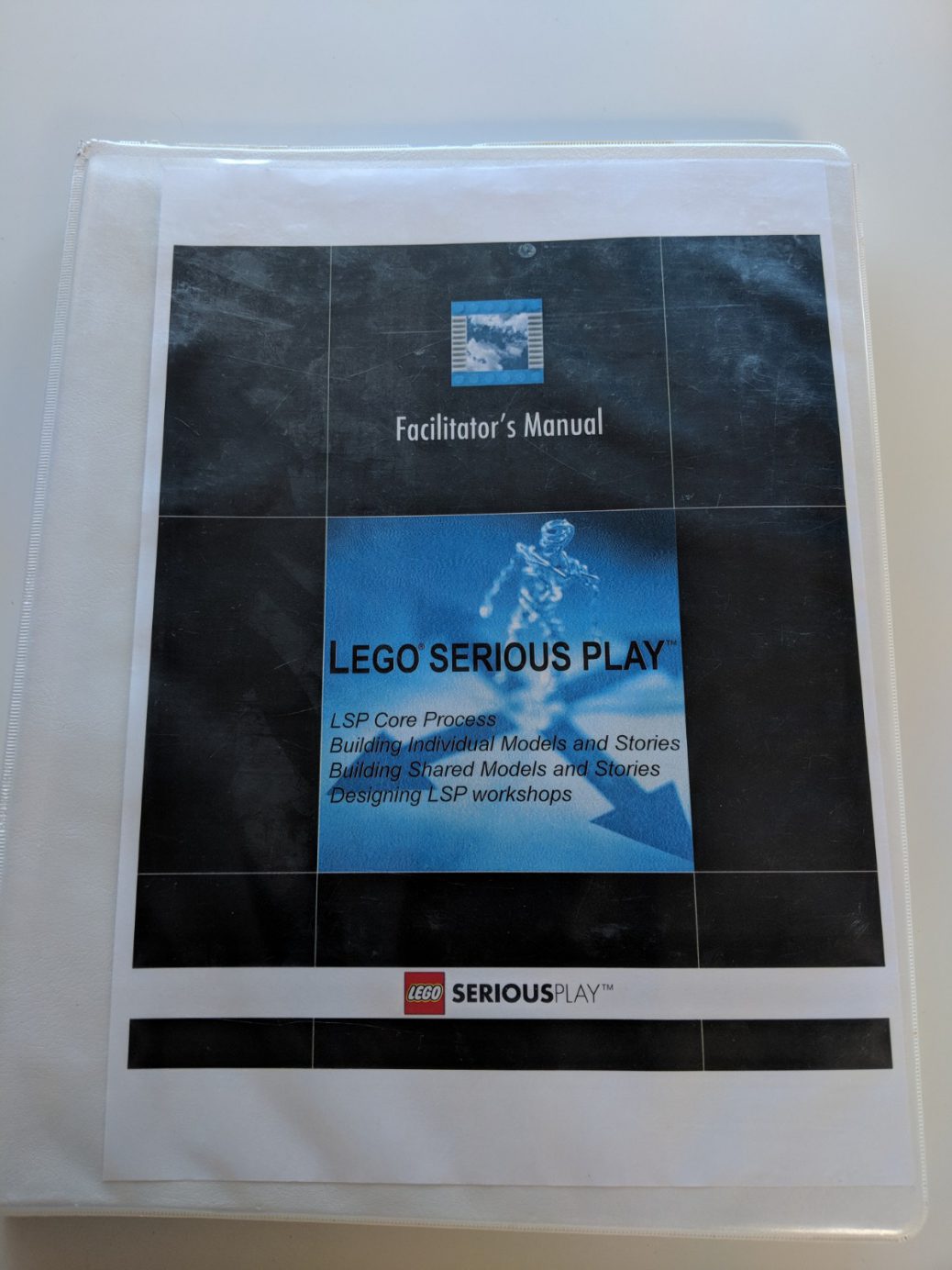
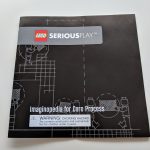
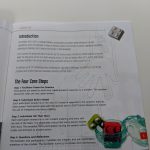
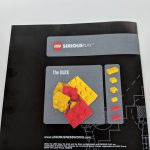
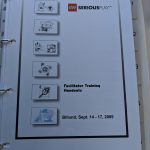
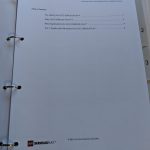
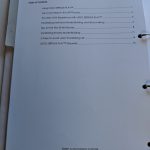
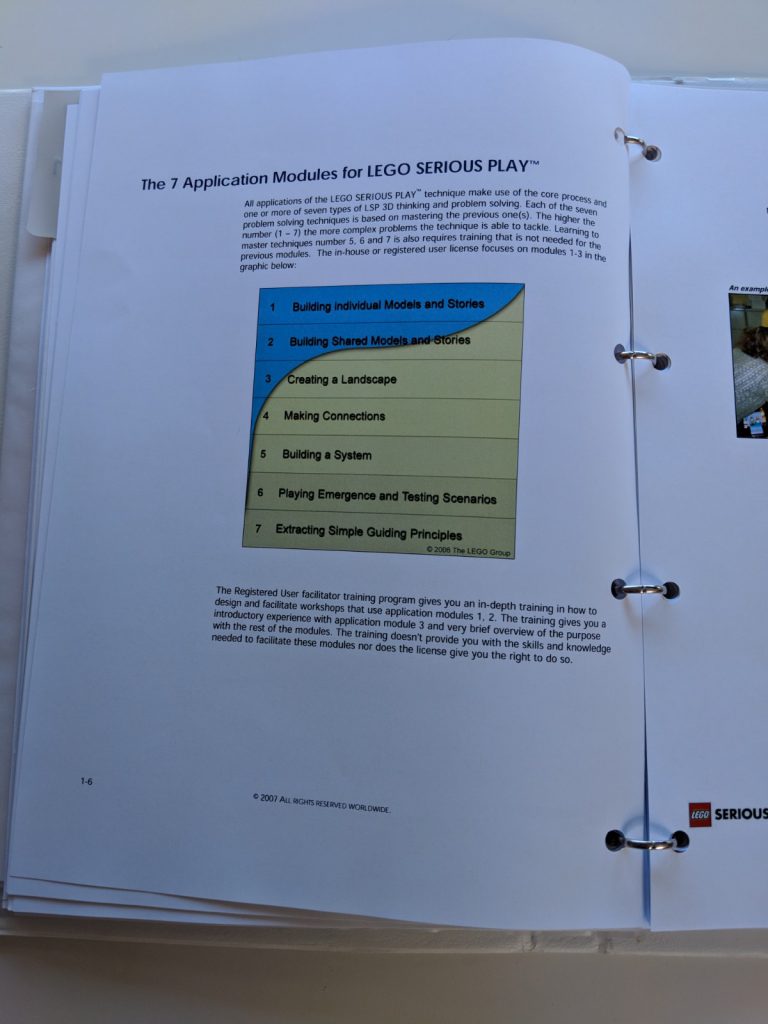
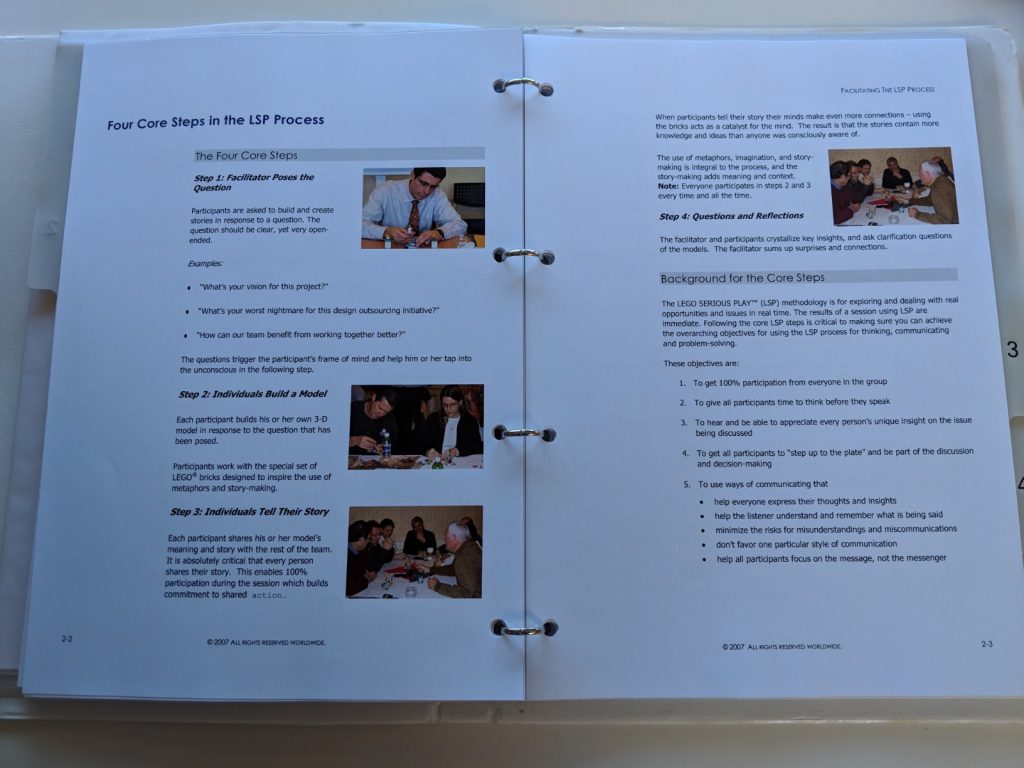
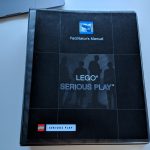
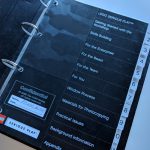
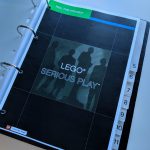
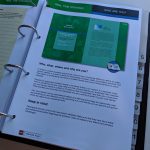
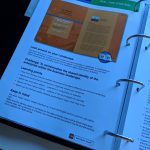
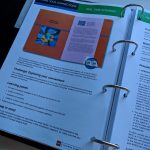
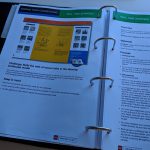
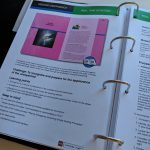
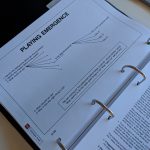
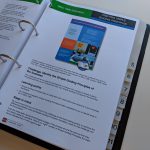

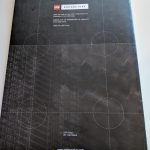
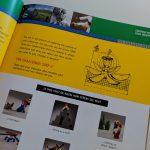
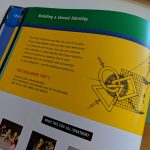
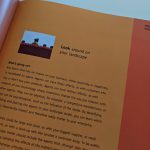
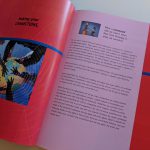
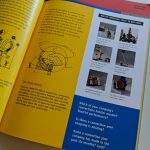

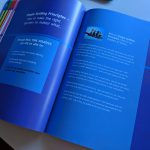

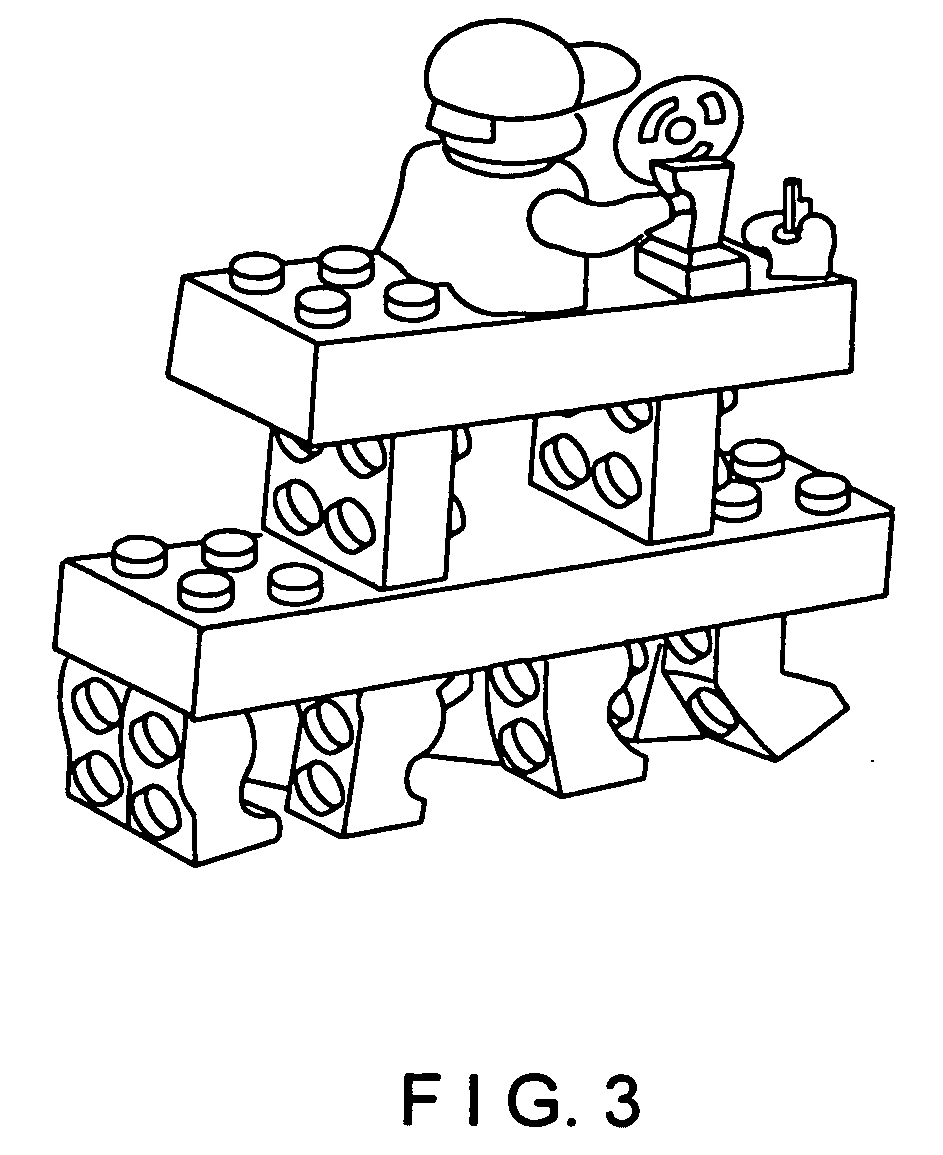

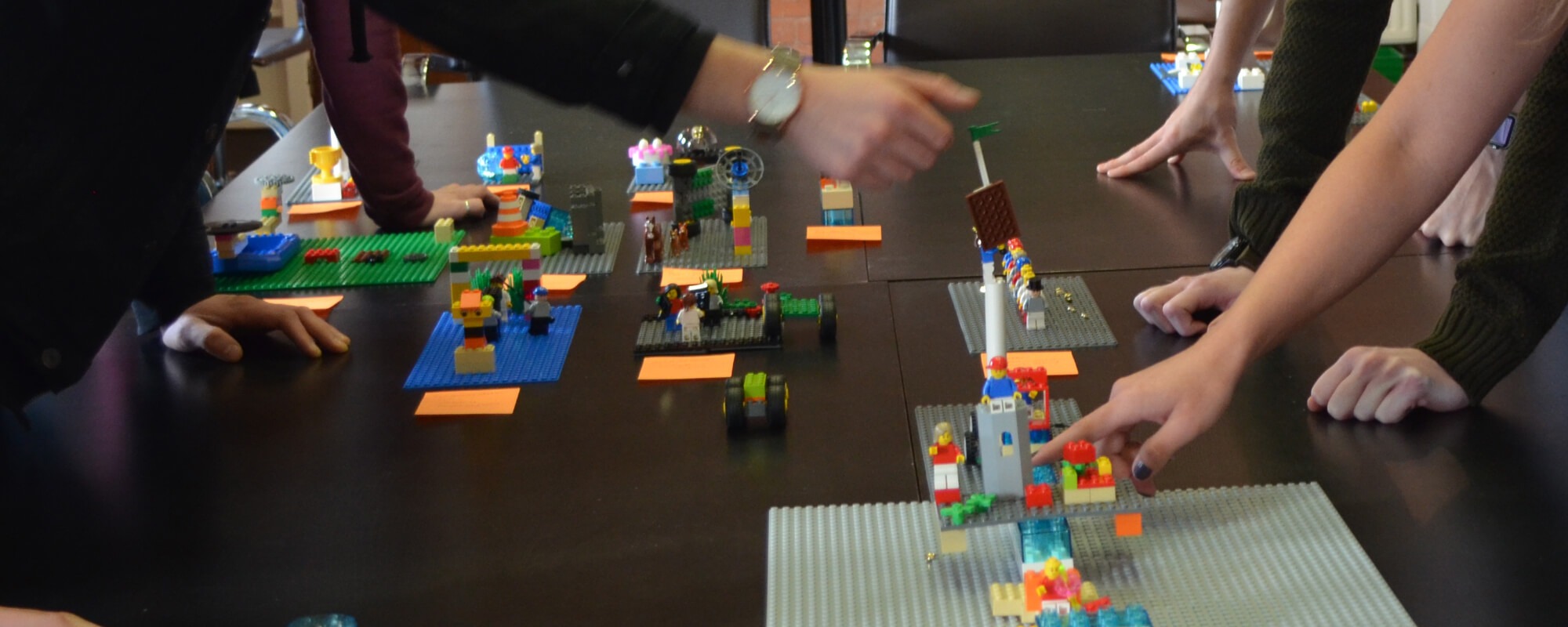
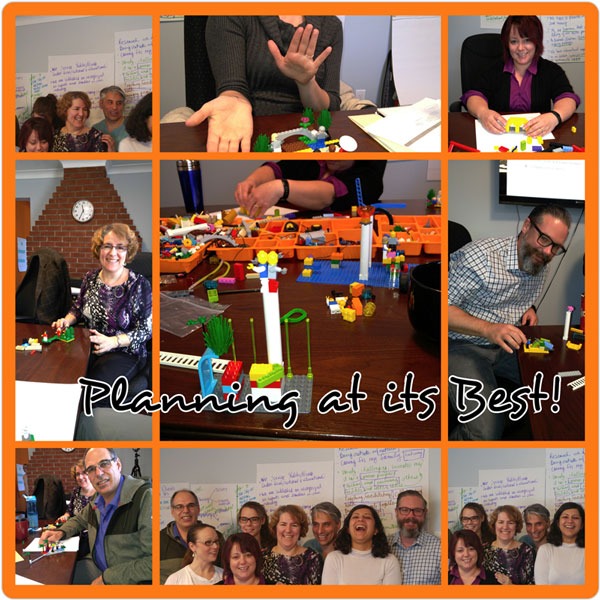
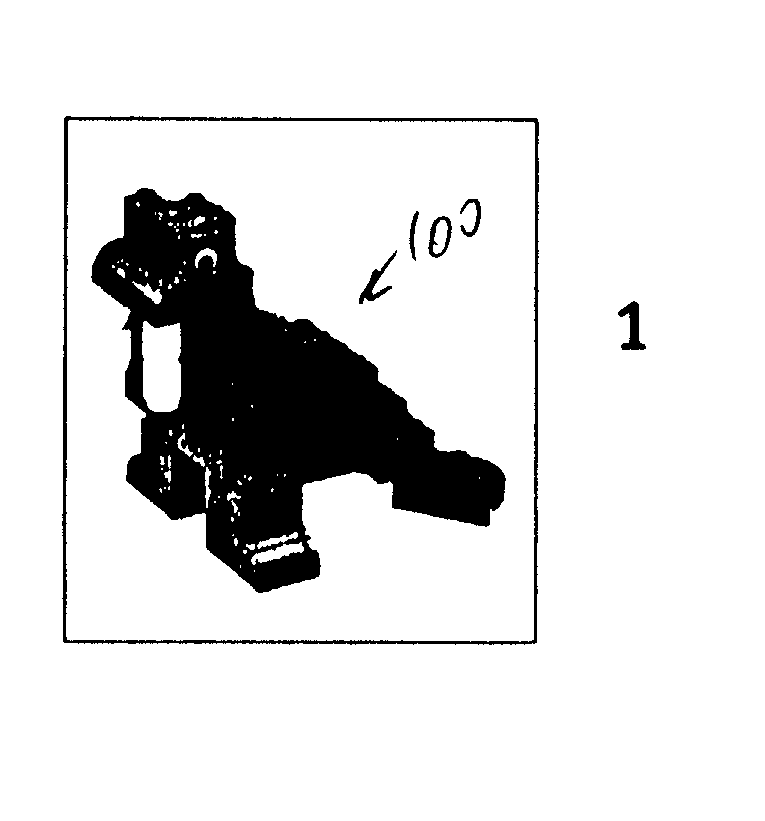


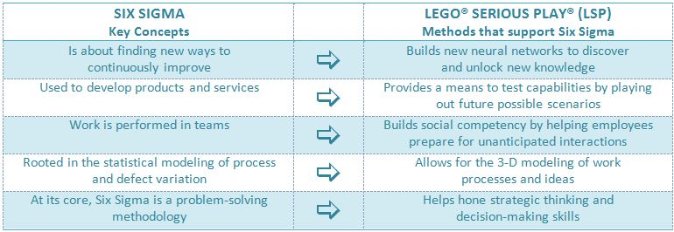

 Become a LEGO Serious Play facilitator - check one of the upcoming training events!
Become a LEGO Serious Play facilitator - check one of the upcoming training events!
Very good article Mark.
Since certifying me, I have defended this same opinion. There is no company that can take over the 4 steps and the 7 techniques that were created by Lego and are now Open Source.
I would be interested in having that documentation that you present in your article. Would it be possible for you to share with me as a facilitator the scanned or photocopied documentation of Lego Original, both the 2005, 2007 and Imaginopedia that you present in your article?
I would be very helpful to defend it with the original documentation and not with the company with which I obtained my certification.
Thank you very much
Jesus
Hi Marko,
I would be also interested to have a copy of those original materials to be referenced in my forthcoming research article. Is there any chance you would be prepared to share the scanned copies? thanks, Yana
Dear Marko ,
interesting article and I would to be interested in the materials if possible due to copyright..
But the article also highlights a fundamental dilemma within this community… it is open source, but quite a number of events are certified facilitator only…. which involves copyrighted courses of a number training institutes…